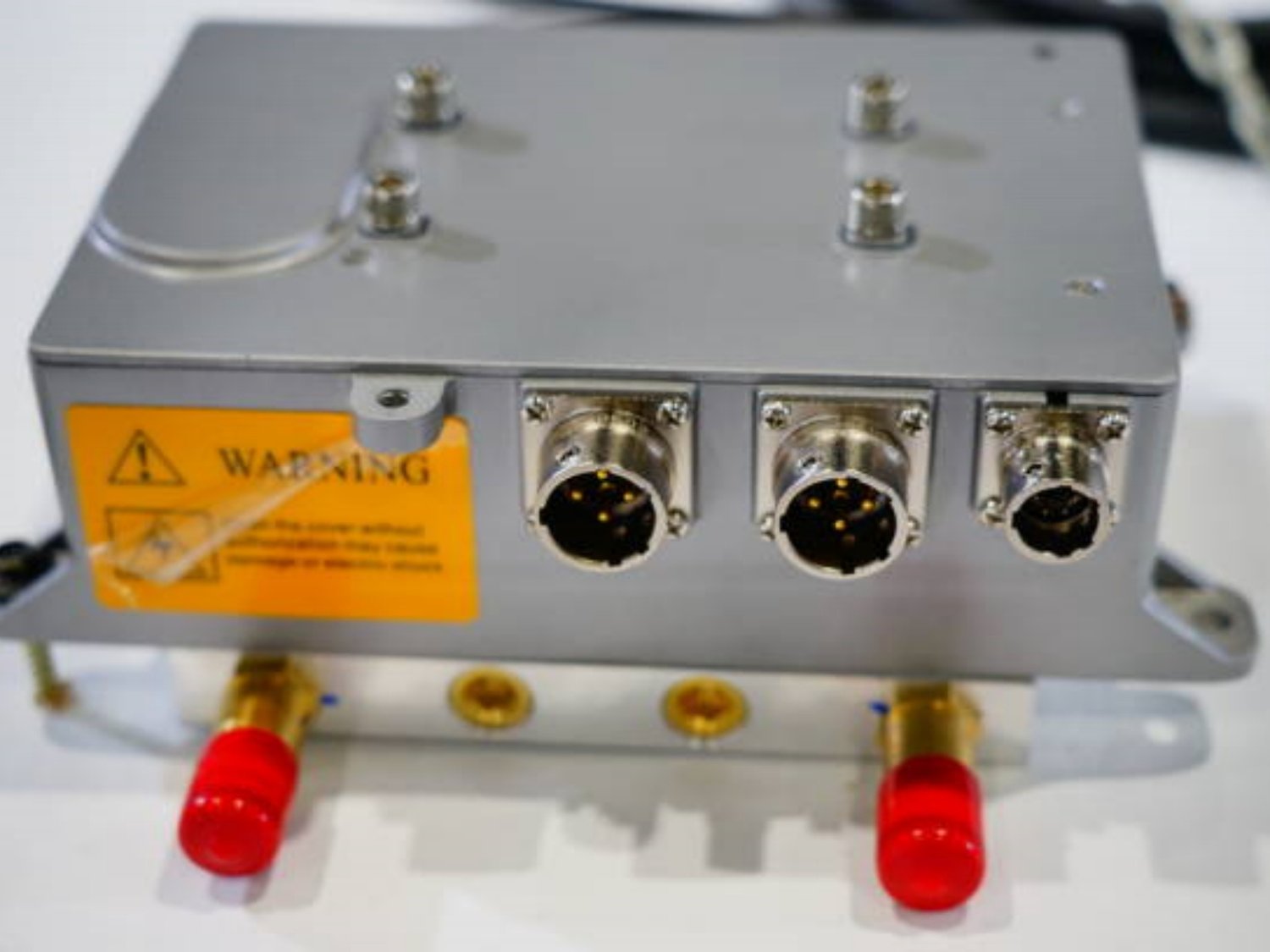Introduction: Understanding Battery Charge Management for Vacuum Devices
Battery charge management plays a crucial role in the performance and longevity of vacuum devices used for cleaning purposes. Vacuum cleaners have evolved significantly over the years, and the transition from corded to cordless models has greatly increased their portability and convenience. However, this shift also necessitates efficient management of battery charge to ensure optimal performance and extended usage time. In this article, we will explore various aspects of battery charge management for vacuum devices, including battery types, charging techniques, and maintenance tips. By understanding these concepts, users can make informed decisions to maximize the efficiency and lifespan of their vacuum cleaners.
The Importance of Battery Types in Vacuum Devices
When it comes to battery charge management, the choice of battery type is of utmost importance. Vacuum devices commonly utilize two main types of batteries: nickel-metal hydride (NiMH) and lithium-ion (Li-ion). NiMH batteries offer a lower initial cost and are relatively more environmentally friendly. On the other hand, Li-ion batteries provide higher energy density, longer runtimes, and reduced self-discharge rates. While both types have their advantages, Li-ion batteries have emerged as the preferred choice for modern vacuum devices due to their superior performance and efficiency.
Efficient Charging Techniques for Vacuum Devices
To maintain optimal battery performance, proper charging techniques are essential. Vacuum devices often come with their own charging units and it is important to use the manufacturer-recommended charger. Avoid using chargers from other devices, as it may not be compatible and can lead to subpar performance or even damage the battery. Additionally, it is advisable to avoid charging the battery in extreme temperatures, as this can negatively impact its overall lifespan.
Understanding Battery Charge Cycles and Capacity
Battery charge cycles refer to the process of discharging and recharging a battery. For vacuum devices, it is crucial to understand the concept of charge cycles and its impact on the battery's overall capacity. Each battery has a limited number of charge cycles before its capacity begins to degrade. It is recommended to avoid deep discharges whenever possible, as frequent deep discharges can significantly reduce the battery's lifespan. Instead, partial discharges followed by regular recharging can help maintain the battery's capacity over an extended period.
Utilizing Smart Charging Technology
Smart charging technology has revolutionized battery charge management for vacuum devices. This technology allows the charger to communicate with the battery, optimizing the charging process and ensuring maximum efficiency. Smart chargers monitor the battery's voltage, temperature, and charging rate to deliver appropriate charge levels. They also prevent overcharging and overheating, which can be detrimental to the battery's health. Investing in a vacuum cleaner with smart charging capabilities can significantly enhance the overall battery performance and longevity.
Best Practices for Battery Maintenance
Maintaining the battery of a vacuum device is essential to ensure its longevity and optimal performance. Here are some best practices to follow:
- Regularly clean the battery terminals to prevent dust or debris buildup, which can hinder proper charging.
- Avoid exposing the battery to extreme temperatures, as this can affect its performance and lifespan.
- Store the vacuum device in a cool, dry place when not in use, ensuring the battery is not fully discharged before storage.
- Consider investing in a battery maintenance mode or a trickle charger to keep the battery at an optimal charge level during extended periods of non-use.
Optimizing Battery Life for Extended Usage
To prolong the battery life of vacuum devices, it is important to follow certain practices that promote efficiency and longevity:
- Avoid running the vacuum device continuously for extended periods. Instead, take breaks to allow the battery to cool down, preventing overheating.
- Opt for lower power settings when possible, as higher power settings can drain the battery more quickly.
- Remove any obstructions or blockages in the vacuum cleaner's brush head or hose to reduce strain on the motor and battery.
- Regularly clean or replace filters to maintain optimal airflow, reducing the strain on the motor and battery.
Recycling and Disposing of Vacuum Device Batteries
When the battery of a vacuum device reaches the end of its lifespan, it is important to dispose of it properly. Many battery manufacturers and retailers offer recycling programs for spent batteries, ensuring they are disposed of in an environmentally friendly manner. Avoid throwing batteries in regular trash, as they can release harmful chemicals and pollute the environment. By recycling vacuum device batteries, we can contribute to a sustainable future and minimize the ecological impact.
Conclusion: Efficient Battery Charge Management for Optimal Vacuum Device Performance
Battery charge management is a critical aspect of maintaining the performance and longevity of vacuum devices. By understanding the importance of battery types, efficient charging techniques, and best practices for battery maintenance, users can optimize the performance and lifespan of their vacuum cleaners. Investing in smart charging technology, following proper battery maintenance practices, and recycling spent batteries are all steps towards achieving efficient battery charge management for vacuum devices. With these insights, users can enjoy cleaner spaces while minimizing their environmental footprint.

